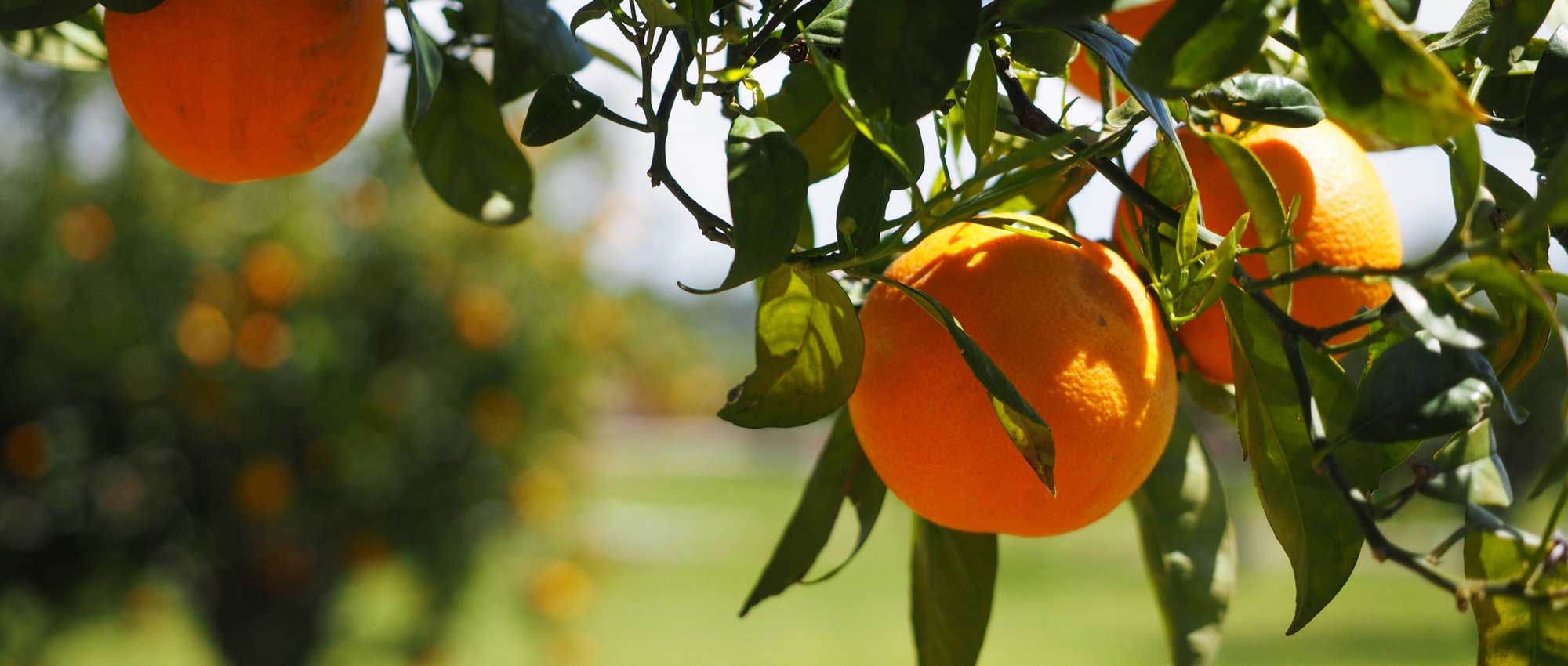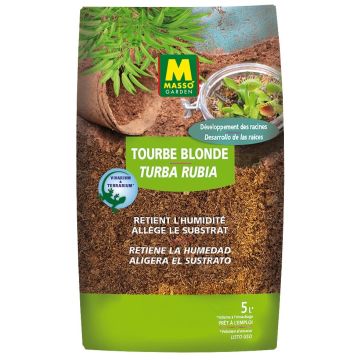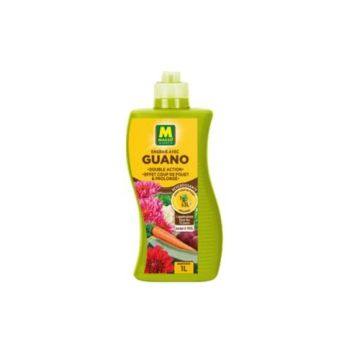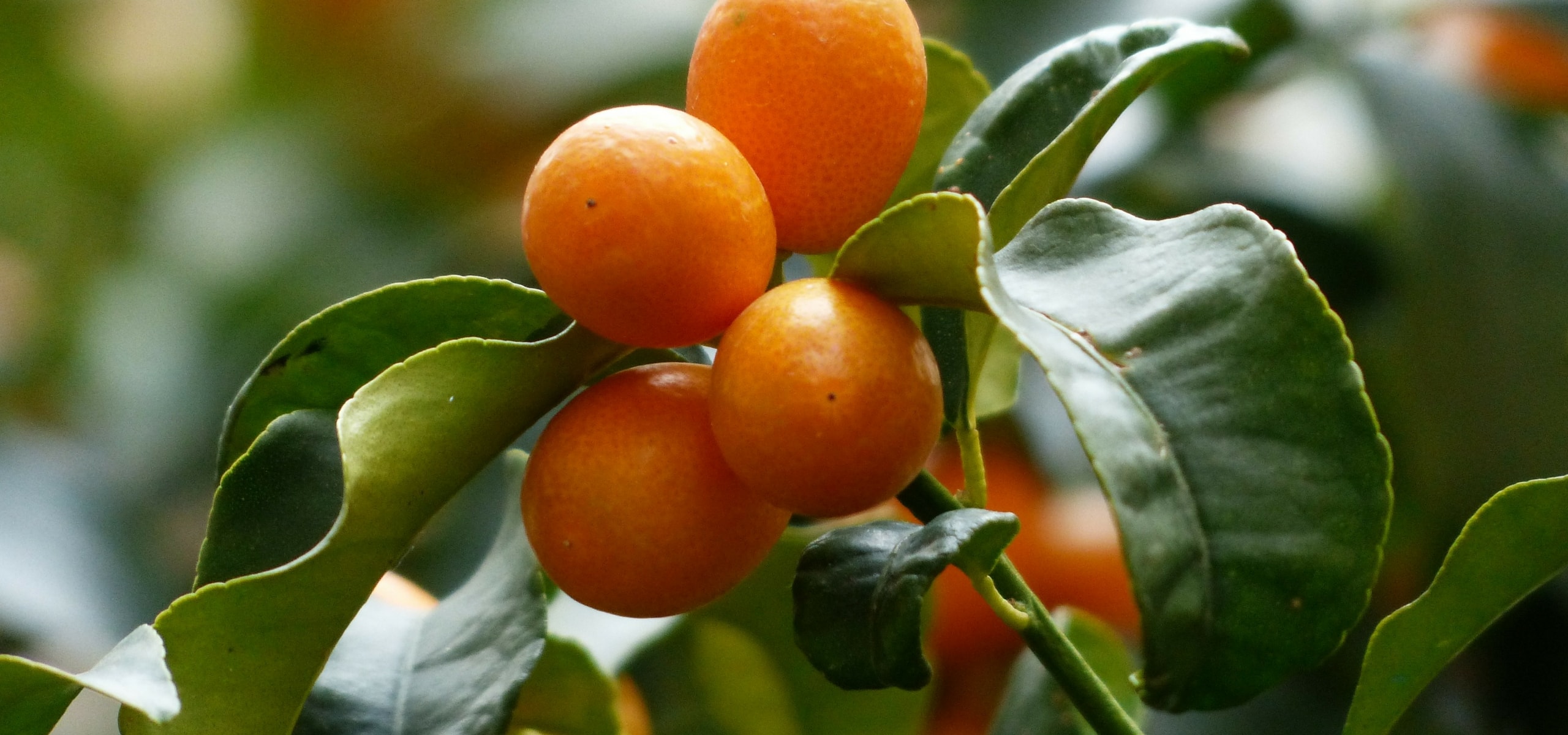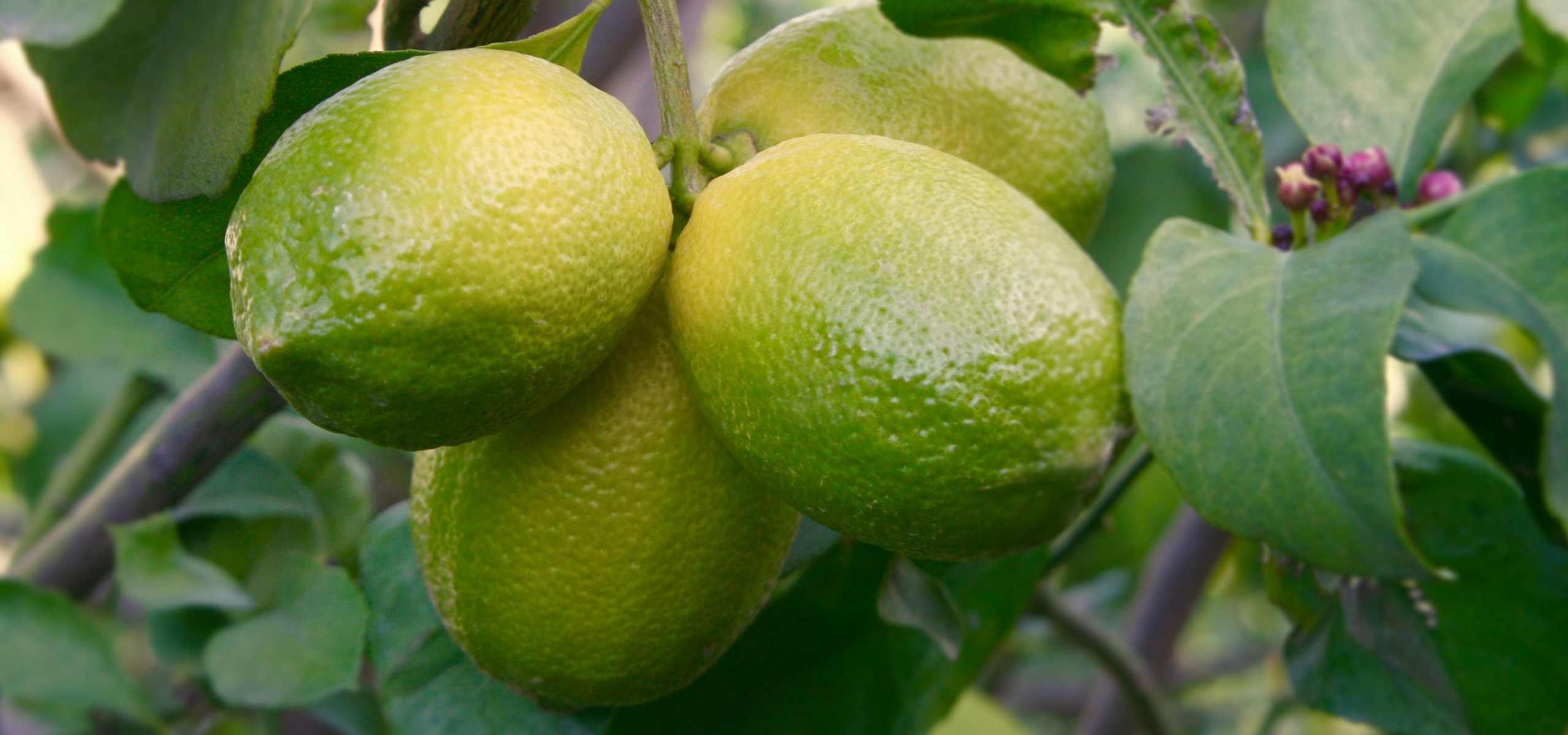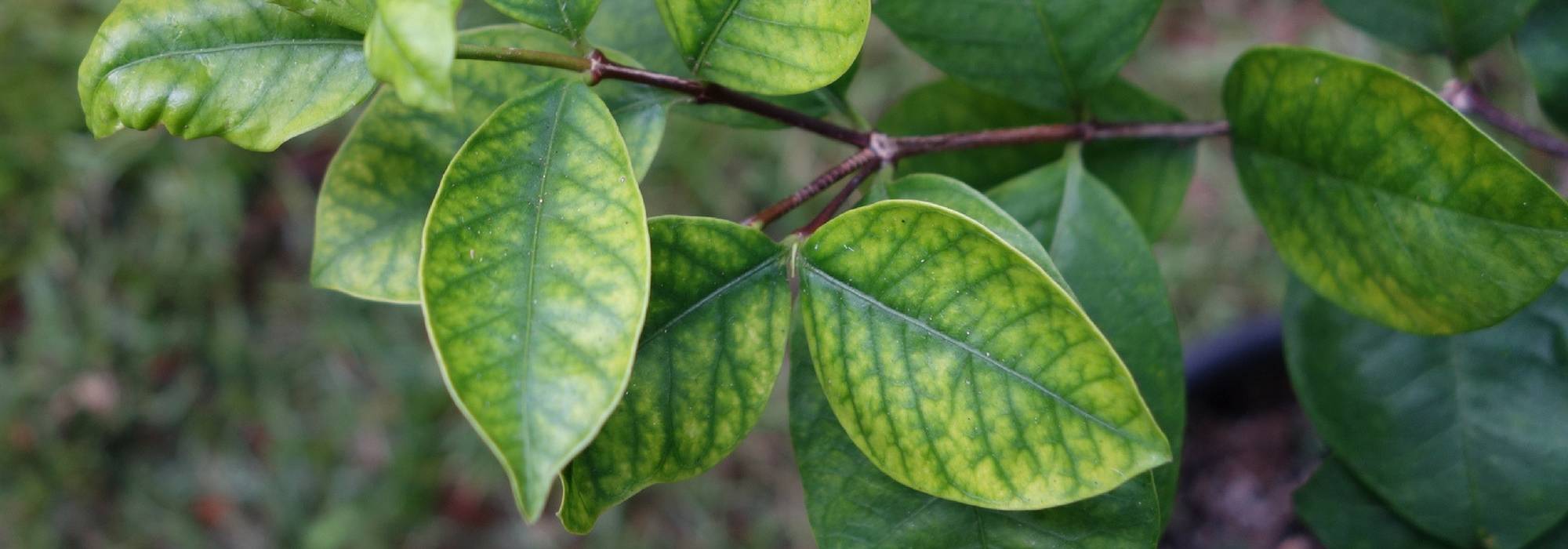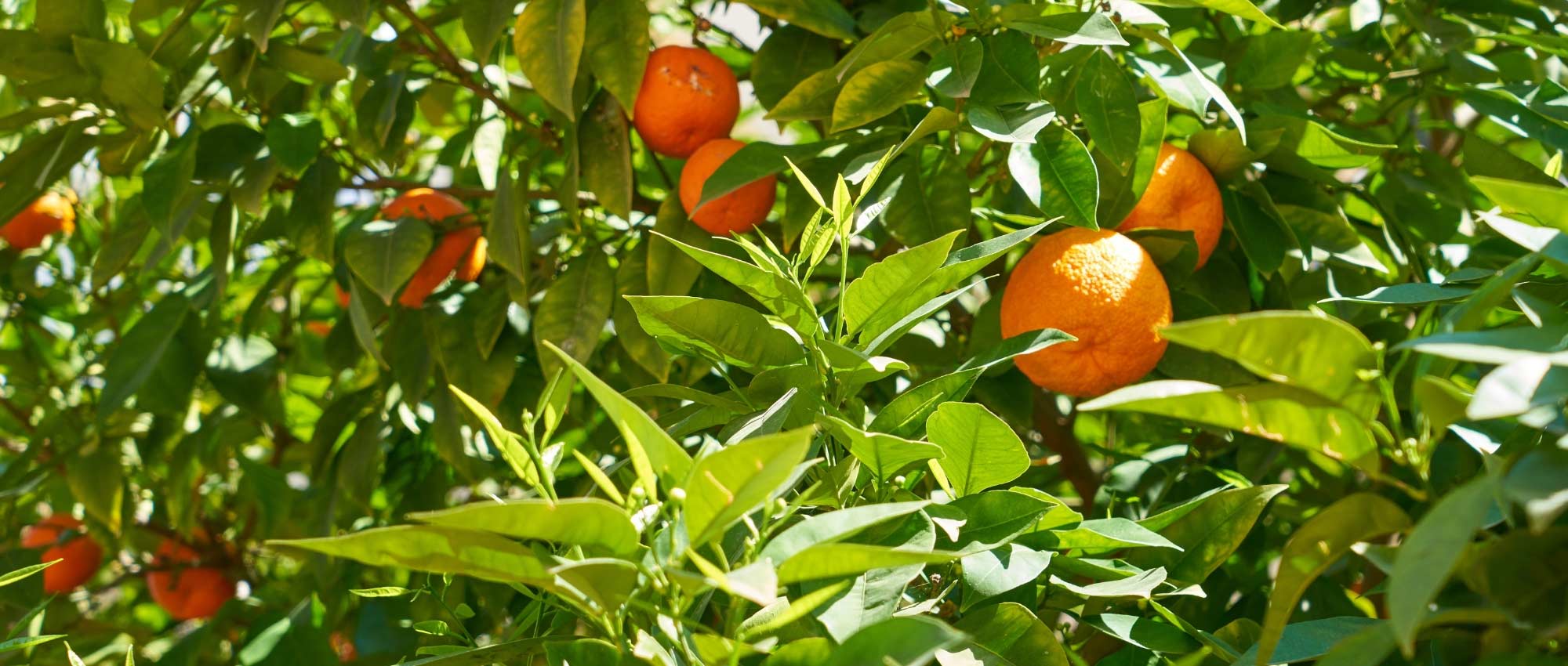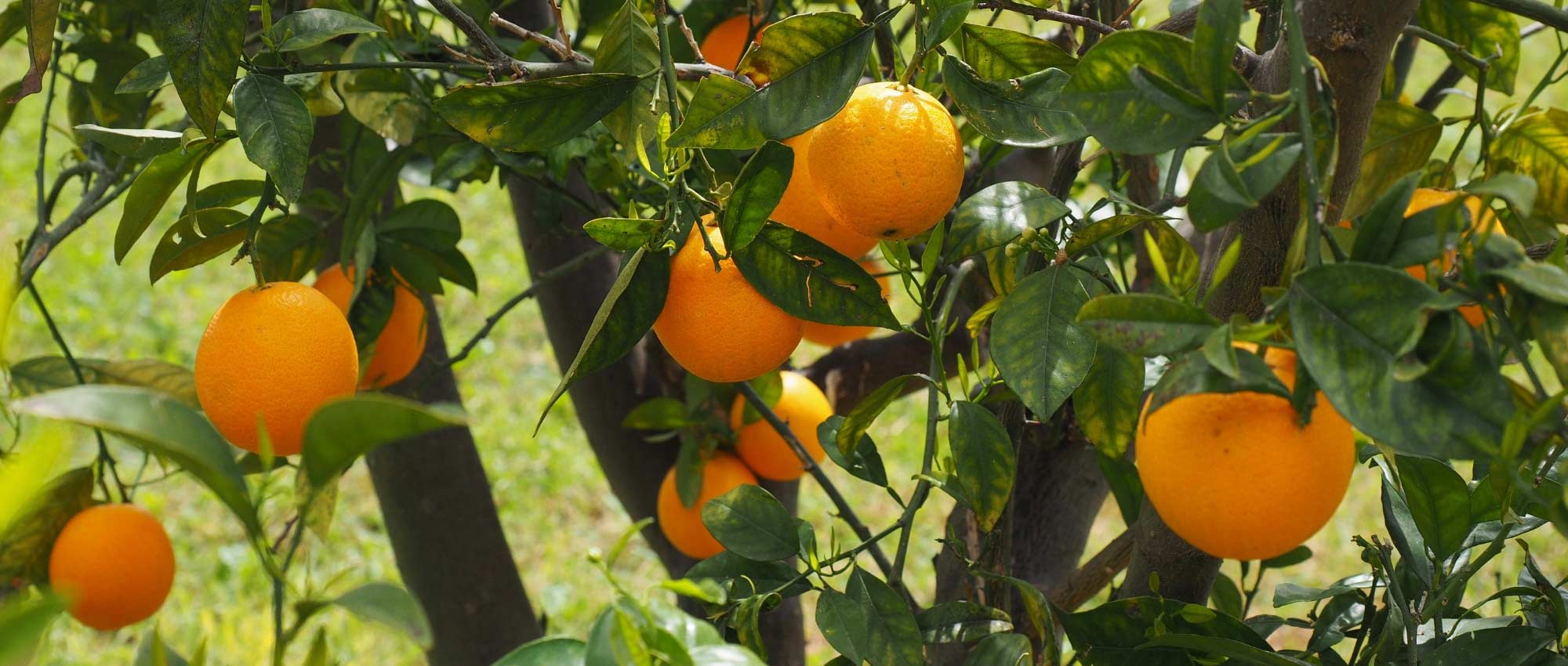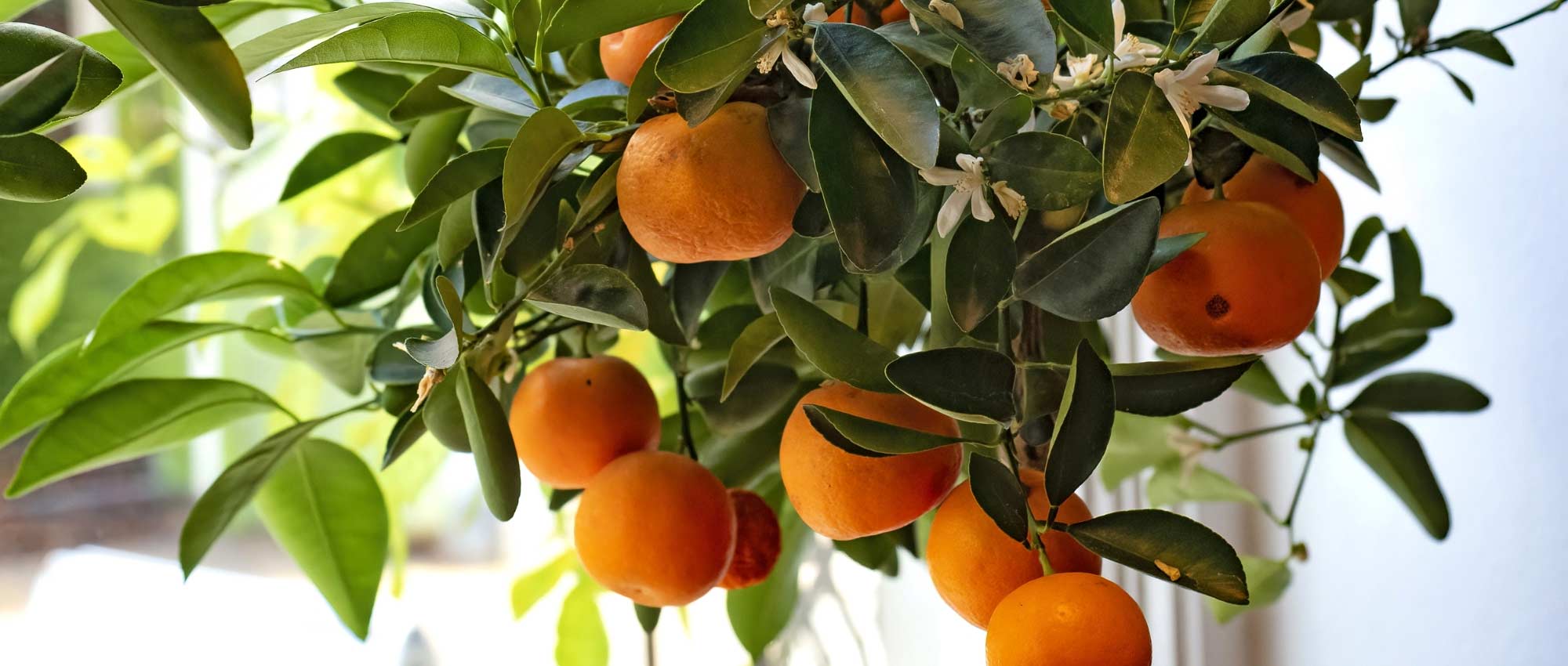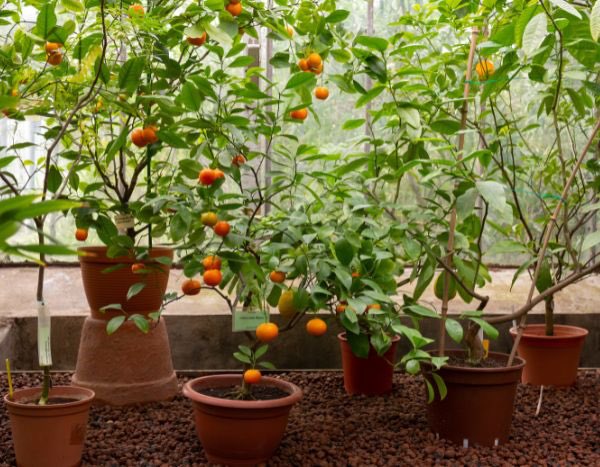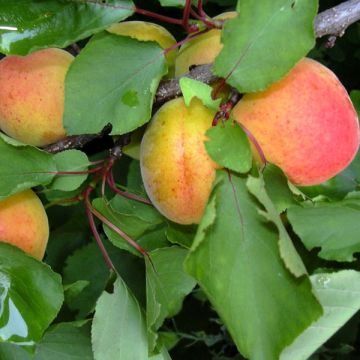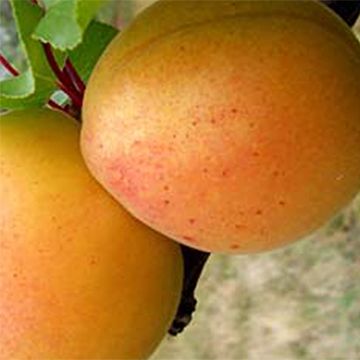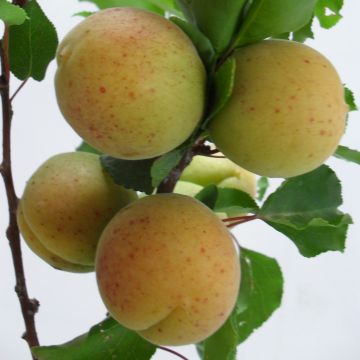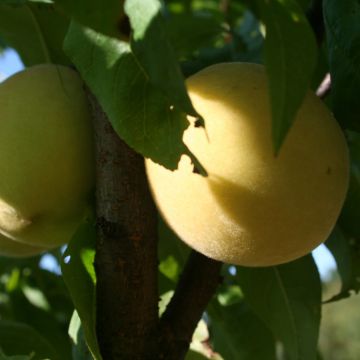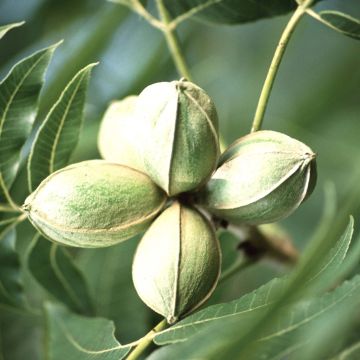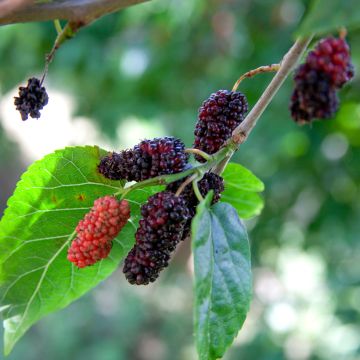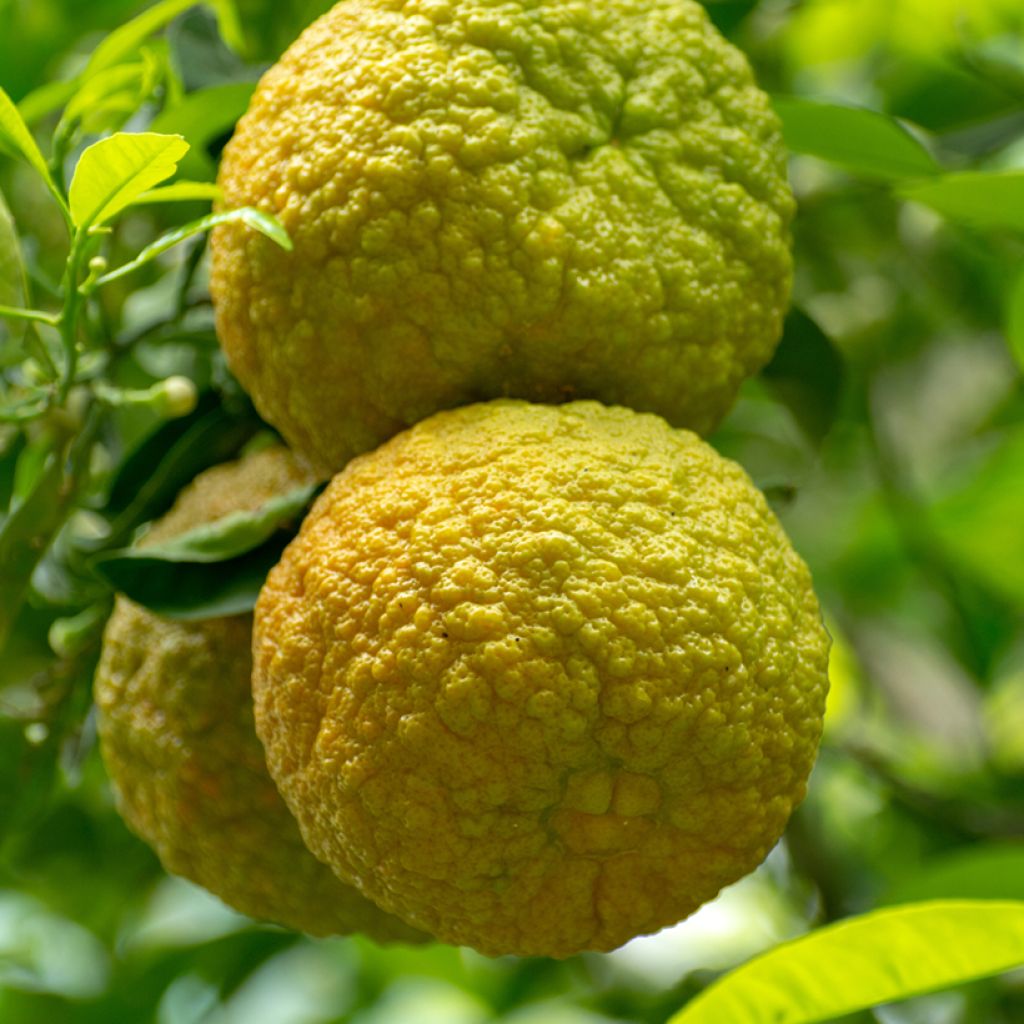

Citrus bergamia Fantastico - Bergamot
Citrus bergamia Fantastico - Bergamot
Citrus Bergamia Fantastico
Bergamot orange, Bergamot
Special offer!
Receive a €20 voucher for any order over €90 (excluding delivery costs, credit notes, and plastic-free options)!
1- Add your favorite plants to your cart.
2- Once you have reached €90, confirm your order (you can even choose the delivery date!).
3- As soon as your order is shipped, you will receive an email containing your voucher code, valid for 3 months (90 days).
Your voucher is unique and can only be used once, for any order with a minimum value of €20, excluding delivery costs.
Can be combined with other current offers, non-divisible and non-refundable.
Why not try an alternative variety in stock?
View all →This plant carries a 6 months recovery warranty
More information
We guarantee the quality of our plants for a full growing cycle, and will replace at our expense any plant that fails to recover under normal climatic and planting conditions.
Description
Citrus bergamia 'Fantastico' is a traditional bergamot orange variety originating from Calabria. This citrus tree produces intensely aromatic fruits whose zest is rich in essential oils used in perfumery and to flavour the famous Earl Grey tea. Its evergreen foliage, highly fragrant white spring flowering, and abundant winter production are its main assets. It can be grown in the ground in Mediterranean regions known as the "orange tree zone" and cultivated in a large container to be overwintered elsewhere. The 'Fantastico' bergamot also boasts notable hardiness for a citrus tree: down to -7°C briefly for the bush, though the fruits are more sensitive to cold.
The 'Fantastico' bergamot belongs to the Rutaceae family, like all citrus trees. Regarding the species Citrus bergamia, commonly known as bergamot, its exact origin is debated. Some sources suggest it is likely a hybrid between the bitter orange (Citrus aurantium) and the lemon (Citrus limon), or the citron (Citrus medica). Bergamot is mainly cultivated in the Calabria region of southern Italy, particularly along the Ionian and Tyrrhenian coasts of the Reggio Calabria province. This area represents the near-exclusive cultivation zone for this species due to particularly favourable climatic conditions.
Citrus bergamia 'Fantastico' is one of the three main bergamot cultivars, alongside the 'Femminello' and 'Castagnaro' varieties. Originating from the Calabria region of Italy, this variety is renowned for the exceptional quality of its fruits. Although the exact origin of this cultivar is not precisely documented, it is considered one of the finest bergamot selections available.
'Fantastico' has an upright habit, with the bush reaching between 3 and 4 metres in height at maturity when grown in the ground. Its growth is rapid under optimal cultivation conditions, particularly in well-drained soil and a sunny position. The stems of this 'Fantastico' bergamot are typically smooth and light brown, sometimes bearing a few short, sharp thorns. With age, the bark of the trunk becomes slightly rough and develops some fissures. Its evergreen foliage consists of ovate, smooth, dark green leaves measuring between 8 and 12 cm in length. These highly aromatic leaves release an intense fragrance when crushed due to their richness in essential oils.
Flowering occurs in spring, typically in April. The star-shaped, white, 2 to 3 cm diameter flowers emit a sweet and powerful fragrance that naturally attracts pollinators. After flowering, the famous bergamots appear. Harvesting takes place from November to January. The fruits are medium-sized, each weighing between 90 and 200 grams. Their shape is mainly rounded, sometimes slightly pear-shaped. Their skin is thin, smooth, and turns from green to bright yellow when ripe. The extremely fragrant zest is a true concentration of essential oils, making it a sought-after ingredient in perfumery and gastronomy. The pale yellow flesh is juicy, with a tangy flavour and slight bitterness, ideal for making juice and marmalades.
Like most citrus trees, Citrus bergamia thrives in the ground in Mediterranean regions, where it benefits from warm, sunny weather year-round. However, to ensure good fruiting, it requires regular watering and appropriate nutrient supplementation. It is not very cold-hardy and needs winter protection outside the mildest coastal areas. It is self-fertile and can produce fruit without requiring a second tree for pollination. Specimens grown in greenhouses will need to be pollinated manually using a brush.
Bergamot essential oil is a cornerstone ingredient in perfumery since the invention of Eau de Cologne by Giovanni Maria Farina in 1708. Its zest and essence are also essential in the composition of Earl Grey tea, which appeared in English drawing rooms in the early 19th century. Its fresh and invigorating fragrance is increasingly captivating the culinary world, always in search of subtle and innovative aromas to enhance its creations. Beyond its olfactory and gustatory qualities, bergamot has recognised therapeutic benefits in aromatherapy: it is valued for its antispasmodic, anti-inflammatory, antiseptic, and vermifuge properties.
Plant habit
Fruit
Flowering
Foliage
Botanical data
Citrus
Bergamia
Fantastico
Rutaceae
Bergamot orange, Bergamot
Citrus x limon Fantastico
Southern Europe, Mediterranean
Other Bergamot orange - Citrus bergamia
View all →Planting and care
Planting in the ground: Citrus bergamia 'Fantastico' prefers neutral, slightly acidic, and non-calcareous soils. It is only advisable to plant it directly in the ground if you live along a favoured Mediterranean coastal strip, spared from true frosts, as the hardiness of this citrus tree does not exceed -7°C at its peak, and it requires significant warmth to flower and fruit. The fruits are more susceptible to frost than the young plant.
The best time for planting is early spring, in March and April. Take care not to bury the collar. Citrus trees are naturally demanding and require ample water to fruit well; in all cases, enrich the soil with well-rotted compost or a "special citrus trees" fertiliser. Choose a sunny but not scorching spot for your bush, sheltered from the wind to prevent foliage from drying out and young fruits from dropping. Position it in a location protected from sea spray.
Pot planting: In all other regions, it should be planted in a large pot that can be kept in a greenhouse or slightly heated conservatory, permanently frost-free, in a not-too-dry atmosphere. It will enjoy being outdoors in summer. Pot or repot in late summer. Select a pot slightly larger than the root system, as citrus trees dislike feeling cramped. Moisten the root ball thoroughly. To enhance drainage, line the bottom of the pot with clay pebbles. Loosen the root ball and prepare a mix of two-thirds garden soil and one-third "special citrus trees" compost. Water generously. Opt for terracotta or breathable-material pots.
Citrus trees need plenty of water to thrive. Your Citrus should be watered daily with low or non-calcareous water, and the soil must remain consistently moist. Similarly, ensure regular feeding: every 6 months for slow-release granular fertiliser or every 3 waterings for liquid fertiliser.
Planting period
Intended location
Care
Planting & care advice
This item has not been reviewed yet - be the first to leave a review about it.
Similar products
Haven't found what you were looking for?
Hardiness is the lowest winter temperature a plant can endure without suffering serious damage or even dying. However, hardiness is affected by location (a sheltered area, such as a patio), protection (winter cover) and soil type (hardiness is improved by well-drained soil).

Photo Sharing Terms & Conditions
In order to encourage gardeners to interact and share their experiences, Promesse de fleurs offers various media enabling content to be uploaded onto its Site - in particular via the ‘Photo sharing’ module.
The User agrees to refrain from:
- Posting any content that is illegal, prejudicial, insulting, racist, inciteful to hatred, revisionist, contrary to public decency, that infringes on privacy or on the privacy rights of third parties, in particular the publicity rights of persons and goods, intellectual property rights, or the right to privacy.
- Submitting content on behalf of a third party;
- Impersonate the identity of a third party and/or publish any personal information about a third party;
In general, the User undertakes to refrain from any unethical behaviour.
All Content (in particular text, comments, files, images, photos, videos, creative works, etc.), which may be subject to property or intellectual property rights, image or other private rights, shall remain the property of the User, subject to the limited rights granted by the terms of the licence granted by Promesse de fleurs as stated below. Users are at liberty to publish or not to publish such Content on the Site, notably via the ‘Photo Sharing’ facility, and accept that this Content shall be made public and freely accessible, notably on the Internet.
Users further acknowledge, undertake to have ,and guarantee that they hold all necessary rights and permissions to publish such material on the Site, in particular with regard to the legislation in force pertaining to any privacy, property, intellectual property, image, or contractual rights, or rights of any other nature. By publishing such Content on the Site, Users acknowledge accepting full liability as publishers of the Content within the meaning of the law, and grant Promesse de fleurs, free of charge, an inclusive, worldwide licence for the said Content for the entire duration of its publication, including all reproduction, representation, up/downloading, displaying, performing, transmission, and storage rights.
Users also grant permission for their name to be linked to the Content and accept that this link may not always be made available.
By engaging in posting material, Users consent to their Content becoming automatically accessible on the Internet, in particular on other sites and/or blogs and/or web pages of the Promesse de fleurs site, including in particular social pages and the Promesse de fleurs catalogue.
Users may secure the removal of entrusted content free of charge by issuing a simple request via our contact form.
The flowering period indicated on our website applies to countries and regions located in USDA zone 8 (France, the United Kingdom, Ireland, the Netherlands, etc.)
It will vary according to where you live:
- In zones 9 to 10 (Italy, Spain, Greece, etc.), flowering will occur about 2 to 4 weeks earlier.
- In zones 6 to 7 (Germany, Poland, Slovenia, and lower mountainous regions), flowering will be delayed by 2 to 3 weeks.
- In zone 5 (Central Europe, Scandinavia), blooming will be delayed by 3 to 5 weeks.
In temperate climates, pruning of spring-flowering shrubs (forsythia, spireas, etc.) should be done just after flowering.
Pruning of summer-flowering shrubs (Indian Lilac, Perovskia, etc.) can be done in winter or spring.
In cold regions as well as with frost-sensitive plants, avoid pruning too early when severe frosts may still occur.
The planting period indicated on our website applies to countries and regions located in USDA zone 8 (France, United Kingdom, Ireland, Netherlands).
It will vary according to where you live:
- In Mediterranean zones (Marseille, Madrid, Milan, etc.), autumn and winter are the best planting periods.
- In continental zones (Strasbourg, Munich, Vienna, etc.), delay planting by 2 to 3 weeks in spring and bring it forward by 2 to 4 weeks in autumn.
- In mountainous regions (the Alps, Pyrenees, Carpathians, etc.), it is best to plant in late spring (May-June) or late summer (August-September).
The harvesting period indicated on our website applies to countries and regions in USDA zone 8 (France, England, Ireland, the Netherlands).
In colder areas (Scandinavia, Poland, Austria...) fruit and vegetable harvests are likely to be delayed by 3-4 weeks.
In warmer areas (Italy, Spain, Greece, etc.), harvesting will probably take place earlier, depending on weather conditions.
The sowing periods indicated on our website apply to countries and regions within USDA Zone 8 (France, UK, Ireland, Netherlands).
In colder areas (Scandinavia, Poland, Austria...), delay any outdoor sowing by 3-4 weeks, or sow under glass.
In warmer climes (Italy, Spain, Greece, etc.), bring outdoor sowing forward by a few weeks.































